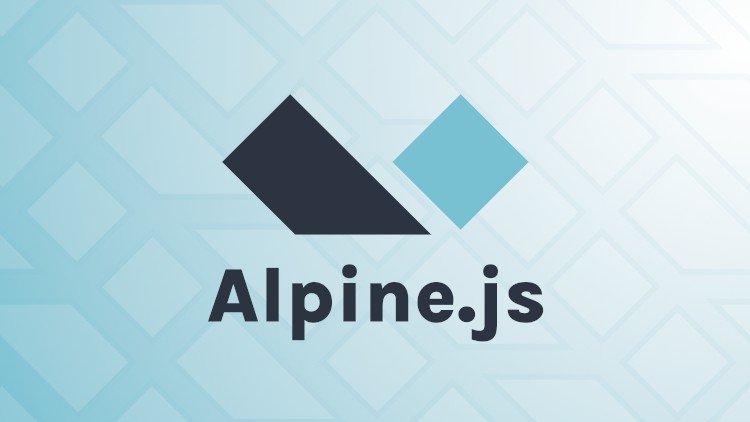
Learn all about version 3 of the new, lightweight, JavaScript framework.
What you will learn
Learn the JavaScript framework Alpine
Development of interactive websites with Alpine
The proper use-cases for Alpine
Building interactive web components with Alpine
Description
Alpine.js is an elegant and lightweight JavaScript framework which you can use to include interactivity in your web pages with minimal effort. I am happy to welcome you to my course on Alpine.js here on Udemy.
During this course I will teach you:
- The essentials of Alpine.js
- How to use Alpine.js its special directives
- Hooking into Alpine.js its lifecycle
About Alpine.js
Alpine.js is a new lightweight JavaScript framework coming from the Laravel community. It can serve as the perfect replacement for good old JQuery in cases where you need just little bits of interactivity in your webpages. In that sense it isn’t a replacement for other popular JavaScript frameworks like React.js or Vue.js, which allow you to write full-blown single page web applications. The proper use-cases for Alpine.js can be found in server side generated web pages which need some interactivity to make dropdowns and modals work for example.
Alpine.js comes with a whole set of directives which allow you to easily manipulate HTML on a web page, add event listeners and set up two-way data binding.
About Me
My name is Koen, it is nice to meet you. Starting out at the age of 15 with iOS development I never lost my interest in Software Development. Currently I mainly keep myself occupied with web development. I am invested in multiple backend technologies and frameworks, such as Ruby on Rails, Django and Laravel. On the frontend side of projects I follow the development of React, Alpine.js and Vue.js closely.
Content